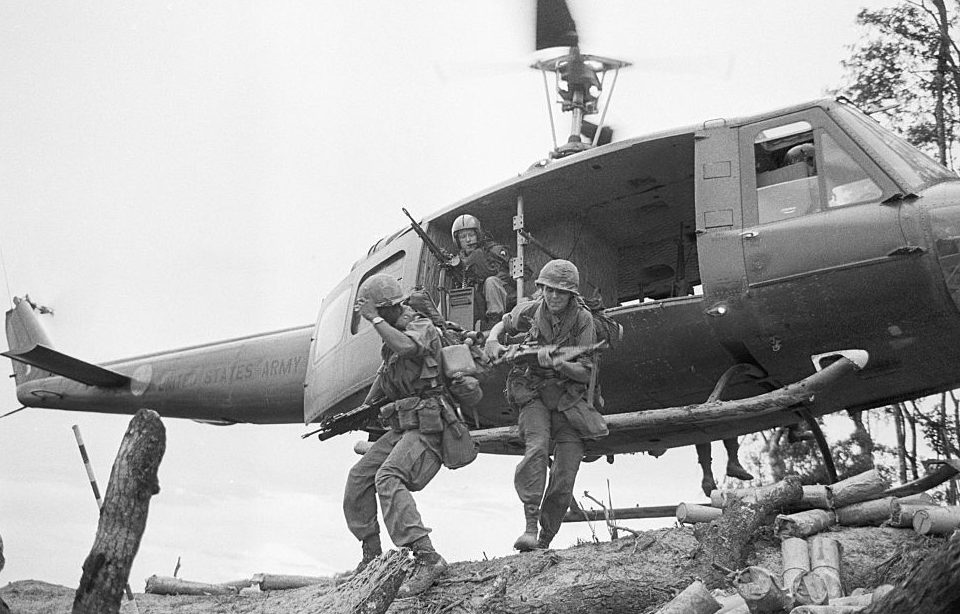American warfare in the 20th century featured big technological advances during each respective conflict. The Vietnam War, for example, featured thousands of helicopters, which were essential for doing battle in the dense jungle, where they could act as eyes in the sky. These choppers weren’t the perfect vehicle, however, as proven during Operation Lam Son 719.
Helicopters were commonly used during the Vietnam War
Helicopters were used during World War II, but the majority were crude prototypes. There were also choppers used during the Korean War, though they were largely used to transport injured soldiers. By the time the Vietnam War began, they had become ubiquitous. While the US was in Vietnam, 12,000 helicopters saw action.
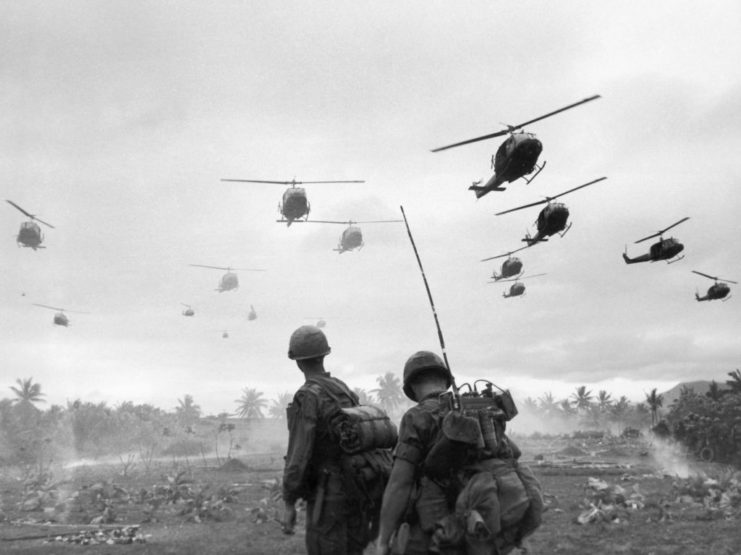
Helicopters were used in a variety of ways, often providing air support. Being a crew onboard one was also incredibly dangerous. Around 40,000 pilots and 60,000 crew members saw action during the war. Of those, 2,165 pilots and 2,712 crewmen were killed, representing around 8 percent of combat deaths suffered by the US.
They were meant to aid the South Vietnamese during Operation Lam Son 719
Named for the North Vietnamese leader, the Ho Chi Minh Trail ran through Vietnam to Laos and Cambodia. The system provided both materials and manpower to the Viet Cong and the People’s Army of Vietnam (PAVN). The South Vietnamese forces were committed to taking out the trail and preventing their enemy from accessing reinforcements.
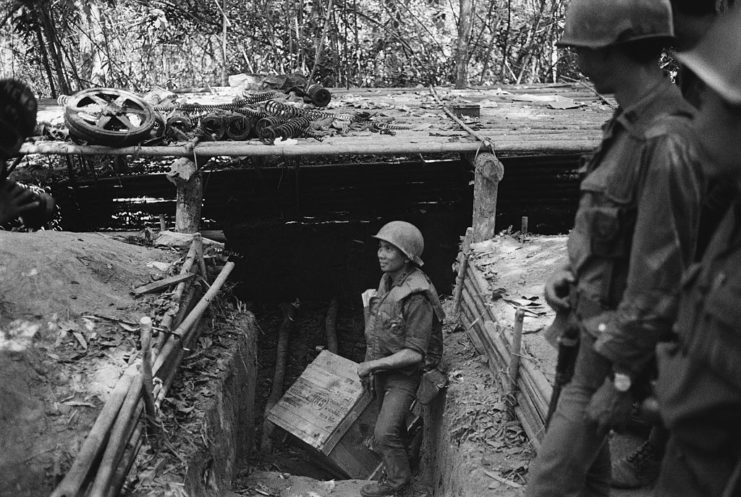
The Americans were committed to aiding the South Vietnamese, but were not permitted to send ground troops to Laos. Instead, they hoped to provide aid by using helicopters for air support. With the difficult terrain and their easy access to hiding places in the jungle, the choppers provided a much-needed advantage.
The operation was intended to be a major step toward Vietnamization
The aim of Operation Lam Son 719 was to signal the beginning of what President Richard Nixon called “Vietnamization,” the eventual turnover of the war to the Army of the Republic of Vietnam (ARVN) as the US began to pull out. There were also hopes a victory would help bolster confidence within the ranks of the ARVN.
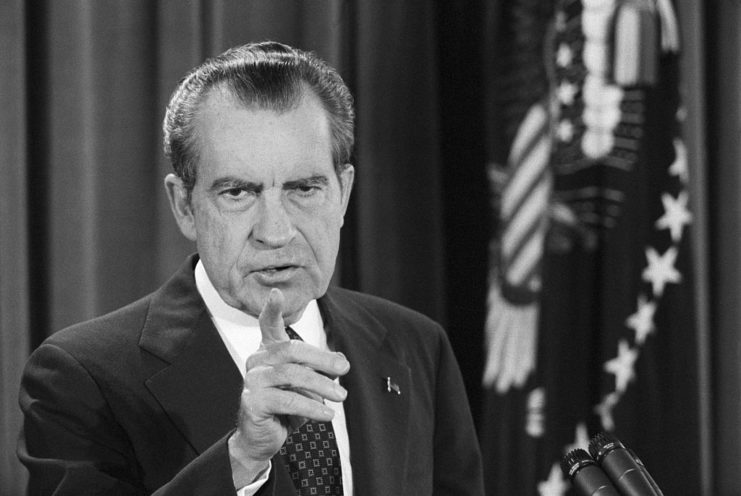
The initial goal was for the operation to last between 90 and 120 days, with US air support allowing the South Vietnamese to push deeper into enemy territory. Those behind the operation believed that, by pushing into Laotian territory, they would force the North Vietnamese to come out into the open. Once they were on the trail, the air patrol would pick them off.
Despite the superior technology and airpower, however, Operation Lam Son 719 ended up being a total disaster.
US forces weren’t prepared for the North Vietnamese response
When planning the operation, the US believed they would easily be able to handle the North Vietnamese troops. However, the PAVN was more than prepared to defend themselves, having gained intelligence beforehand. The North Vietnamese relentlessly shelled the choppers, firing anti-aircraft artillery for nearly 24 hours each day.
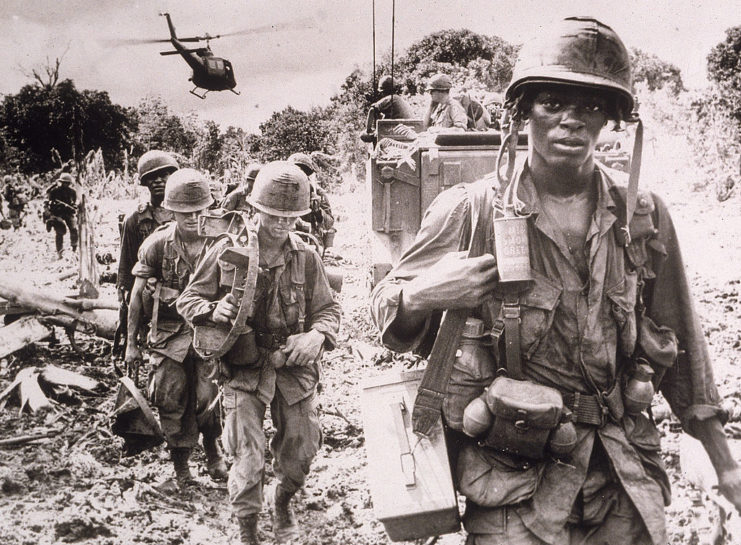
The Vietnamese shelling was devastating. There were 750 American helicopters used during the engagement, flying 160,000 sorties. By the end of the two-month operation, 108 were completely destroyed and another 618 were damaged – 20 percent beyond repair. In just 60 days, 72 helicopter crewmen were killed, while another 59 were injured and 11 reported missing.
Outside of its helicopter losses, the US also lost 163 armored vehicles, 71 tanks, 278 trucks, seven aircraft, 37 half-trucks and 114 artillery pieces, which were either destroyed or captured.
The aftermath of the operation
Despite their plan to run Operation Lam Son 719 for 90 to 120 days, US troops pulled out after only 60. That didn’t stop President Nixon from attempting to paint the event as successful. He told the country via a televised speech, “Tonight, I can report that Vietnamization has succeeded.”
South Vietnam also claimed the operation worked, with South Vietnamese President Nguyễn Văn Thiệu saying it was “the biggest victory ever.”
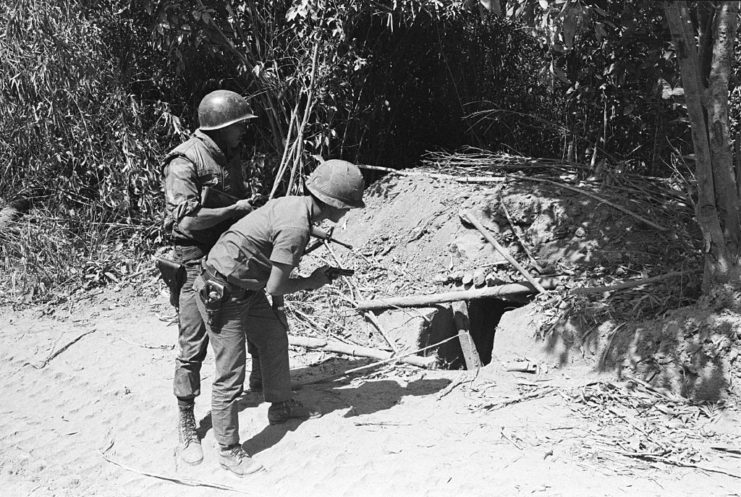
It was North Vietnam, however, that emerged as the operation’s victor. Construction of the Ho Chi Minh Trail continued in earnest, expanding it 60 miles further and 90 miles wider. The US also took a closer look at how they used helicopters during battles. The main focus was the question of whether choppers could survive in hostile combat.
